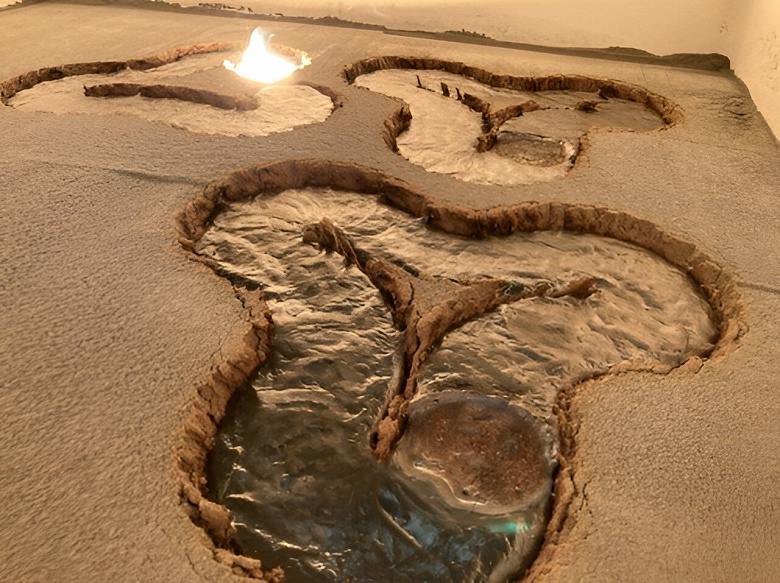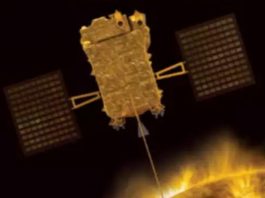The study shows that by using lasers to melt lunar regolith, it is possible to create infrastructure on the Moon, including roads and landing sites. The results obtained demonstrate the practicality and potential of this technique.
On the Moon, it is possible to create paths and landing pads using lasers, melting the lunar soil into a denser, layered substance.
Although the experiments were conducted on Earth using an analog of lunar dust, the results demonstrate the implementation of this approach and suggest the possibility of application on the Moon. However, according to the authors, further work may be needed to improve the process.

One small step toward lunar roads, a potentially giant leap in lunar infrastructure
Lunar dust poses a big problem for lunar rovers, as the low gravity makes it easy to rise and can damage equipment. Therefore, infrastructure such as tracks and landing pads will be necessary for manned missions. Transporting construction materials from Earth is expensive, so it is important to use the available resources on the Moon.
Gines-Palomares, Miranda Fateri, and Jens Günster melted a fine-grained material called EAC-1A (developed by ESA as an analog of lunar soil) using a carbon dioxide laser to simulate how lunar dust might be melted on the Moon.
The authors conducted experiments with laser beams of different powers and sizes (up to 12 kilowatts and 100 millimeters). However, they found that crossing and blocking the path of the laser beam leads to cracks in the resulting material. They developed a strategy of using a 45-millimeter laser beam to create 250-millimeter triangular shapes with a hollow center. The authors propose combining these shapes to create a surface that can serve as roads and landing pads.
To replicate a similar approach on the Moon, it would be necessary to deliver a lens with an area of approximately 2.37 square meters to the Moon.



